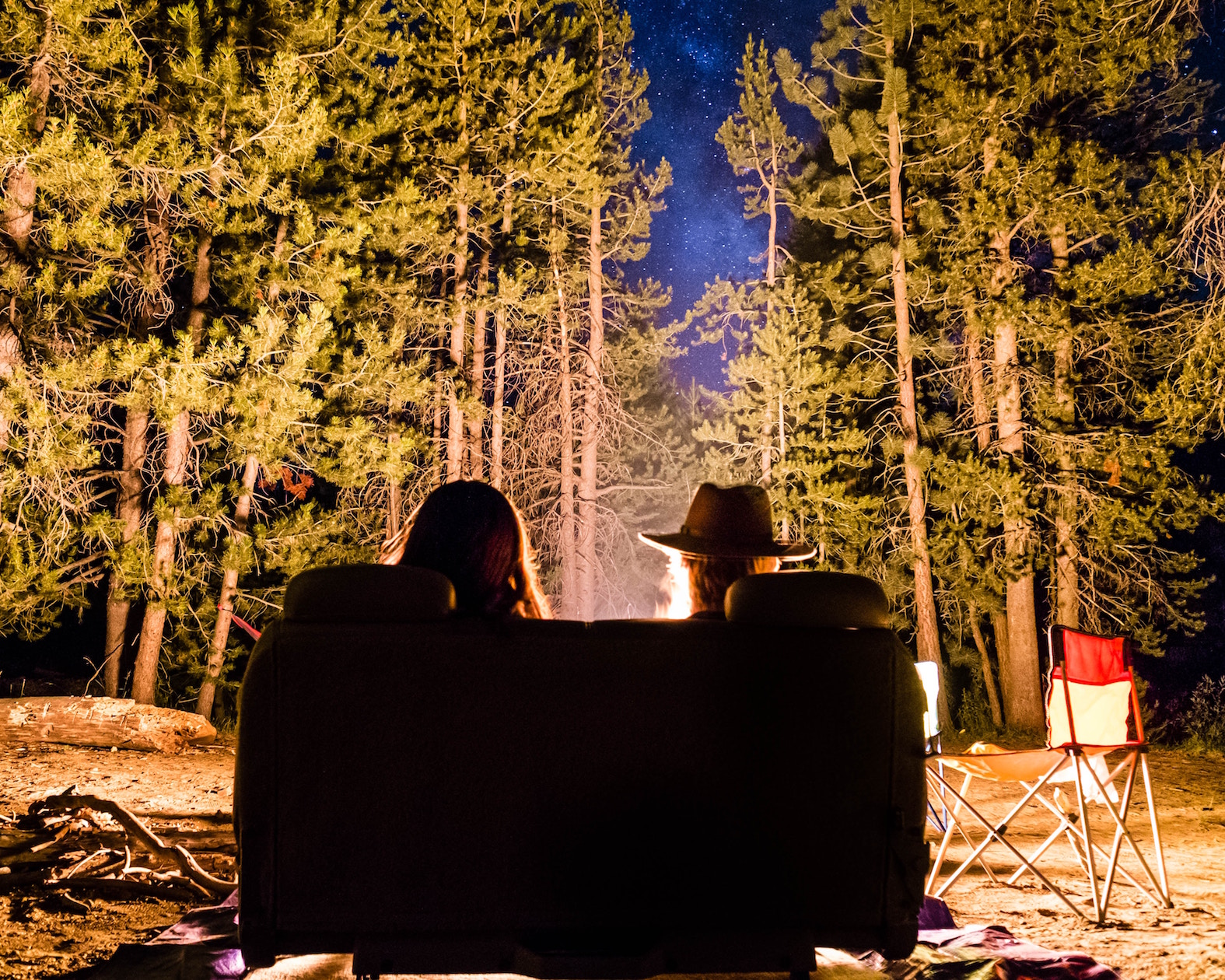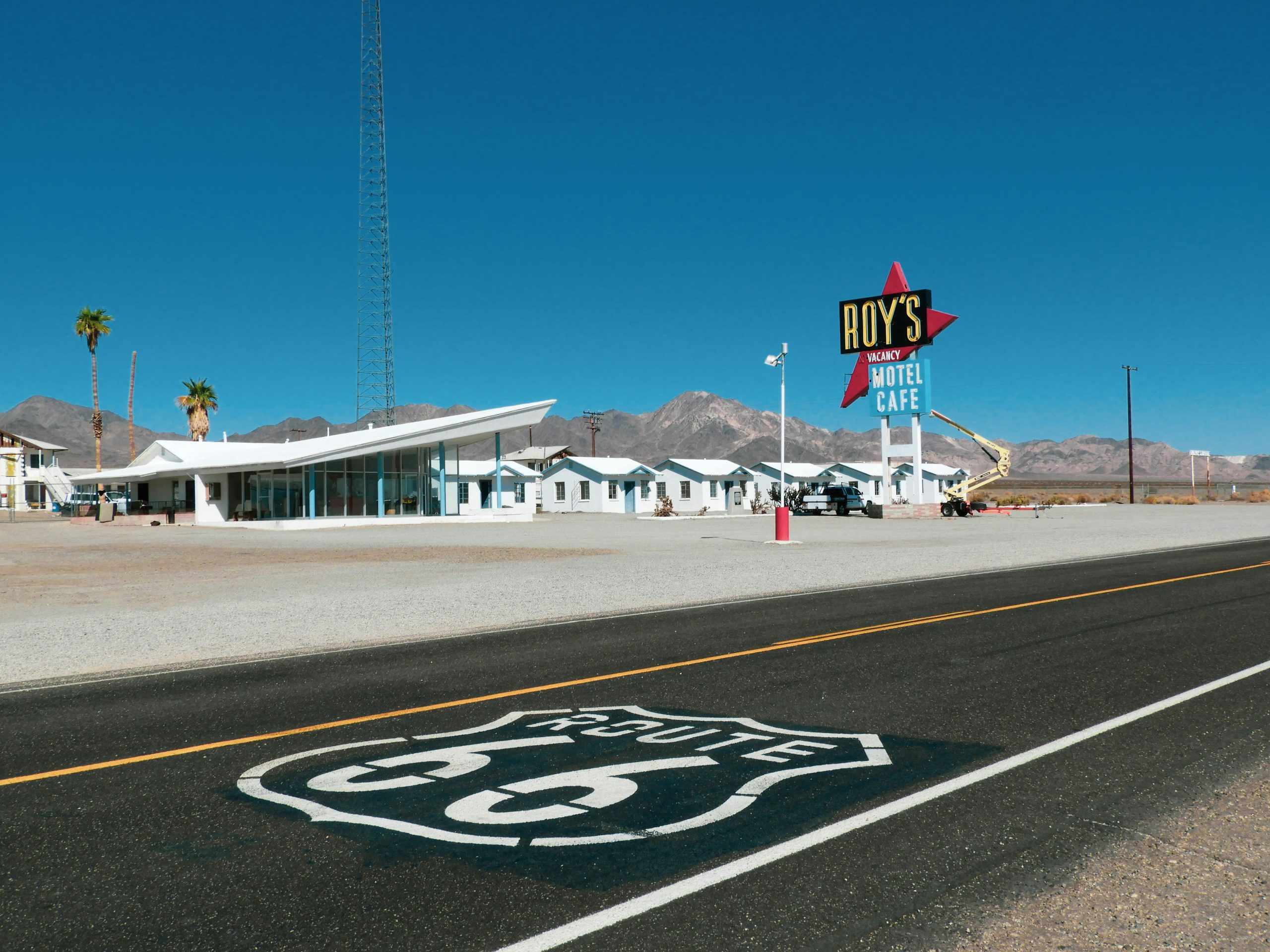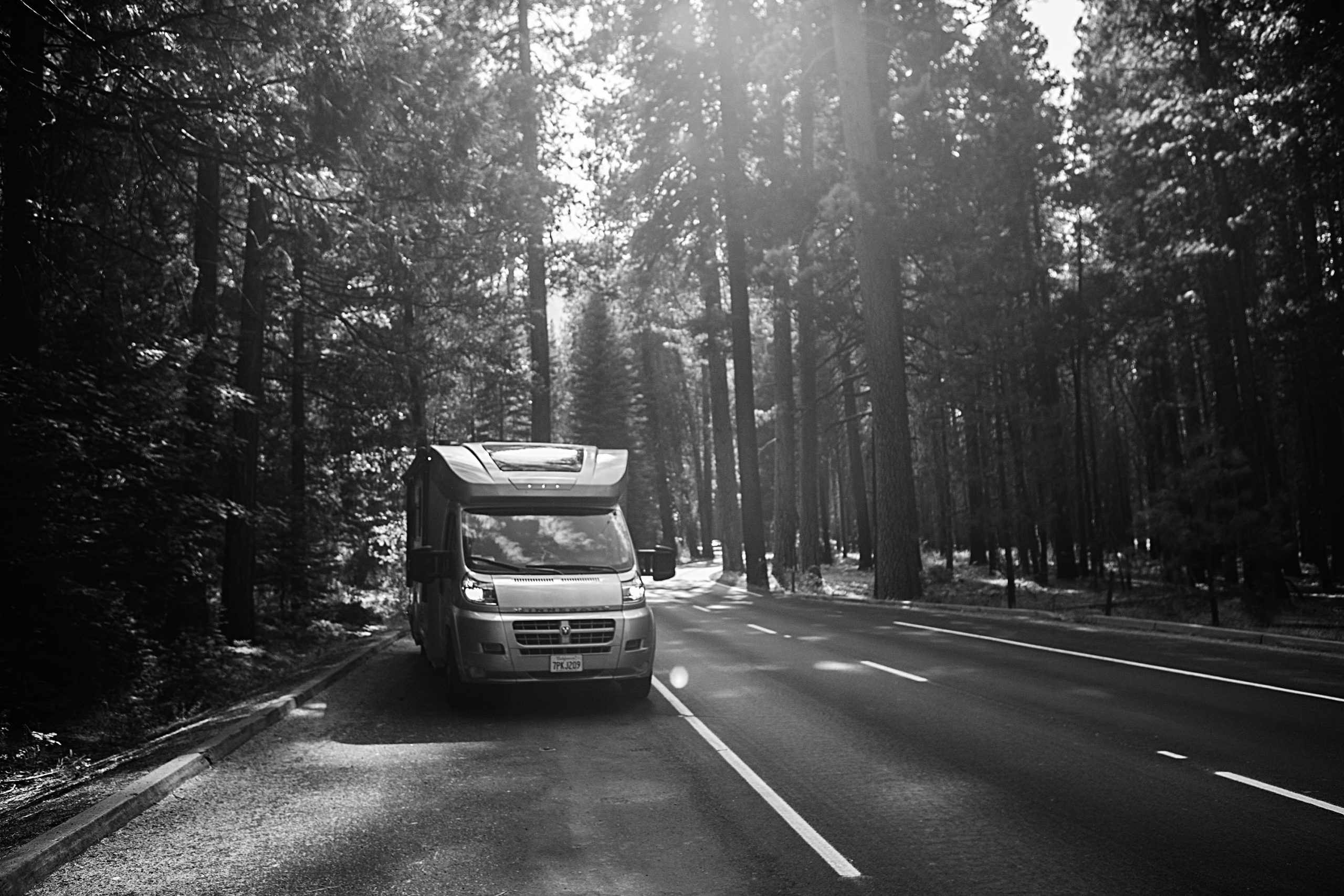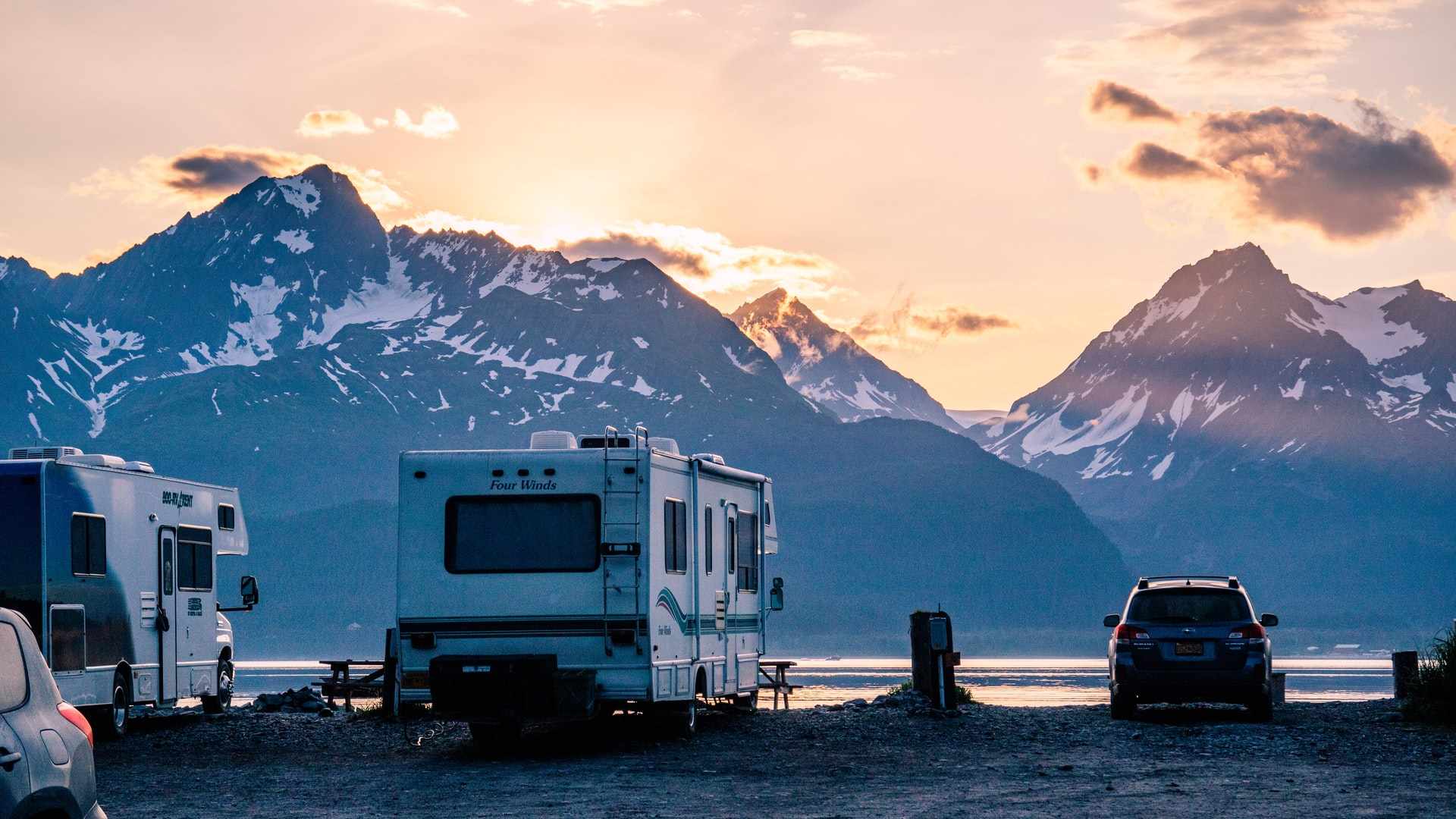For many of us, it isn’t camping unless there’s a campfire involved. If that’s you, you’ll appreciate these tips. Here’s the rundown on everything you need to know about campfire safety.
In the United States, almost 9 out of 10 wildfires are caused by carelessness. Also, 74% of child camping injuries are caused by campfires. Prevent wildfires and personal and RV damage or injury by using these tips.
#1 Make Sure Campfires Are Allowed At Your Site
Not every campground allows campfires. Not every campsite allows them. And at some sites, they are only permitted in a fire pit or with other specific conditions, like when a fire ban isn’t in place in the area. Do your research first!
#2 Check Your Surroundings
Is it too windy for a campfire today? Are there branches hanging too close to the fire pit area? Are there other flammable items nearby? Look around before you set up your fire.
#3 Set Up Your Fire Pit
Dig a pit or grab a commercially made fire pit. Circle it with rocks, if you’re building in a pit. Clear the surrounding ten feet or so to avoid anything that might catch on fire. Find a spot upwind for your extra wood, and keep it away from the fire. Keep a bucket of water and a shovel/tool to tend the fire nearby.
#4 After Lighting, Throw The Match In The Fire
Make sure the match goes in the fire or all of your careful preparations could be for nothing. Forgetting about the match can lead to some unexpected hazards!

#5 Never Leave A Campfire Unattended
This is so, so important, and I see RVers breaking this rule All. Of. The. Time. It’s a simple concept. Someone responsible needs to be outside and watching the fire. You don’t want to be the person that loses their RV or does damage to their neighboring campsite. You also don’t want to start a forest fire. So use common sense and stay with your campfire. If you need to leave, it’s time to put it out.
#6 What Goes In, Doesn’t Come Out
It seems silly to say, but once you put sticks or firestarters into the fire, don’t take them out! That’s just asking for trouble. And be aware that chemicals and other non-wood items can do environmental damage if you put them in the fire. (They may also not burn very well!)
#7 Put Out The Fire
When you’re done with the campfire, cover it in water, stir it up (to make sure it’s all well-saturated) and then add some more water. Be sure that the fire is out and cold before you leave the campsite. If it’s still too hot, it could still be a problem.
Campfires are a wonderful part of camping. Thank you for observing these rules for fire safety and helping to keep us all safe. If you enjoyed this, you might also enjoy this article about RVing in Albuquerque, New Mexico.








